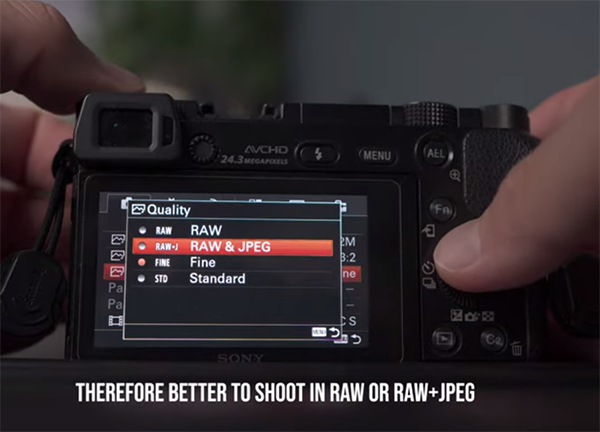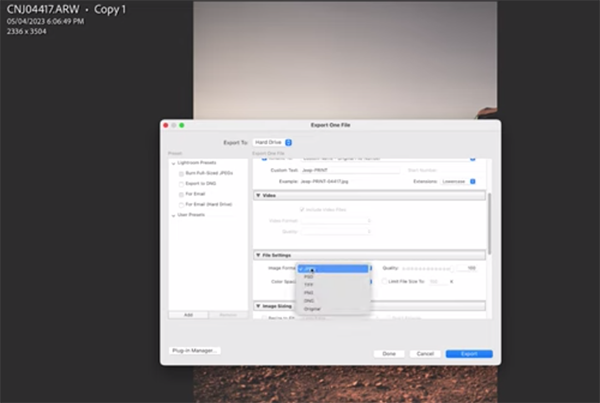How to Prep Photos & Order Prints When You Don’t Output Images at Home (VIDEO)

Printing and framing photos is a great way to decorate your home or office and gain a bit of recognition for your hard-earned efforts. It's also easier to evaluate your work with a large hi-res print in hand, rather than reviewing images on the computer.
There's a lot to consider if you want optimum results, from prepping the photos properly, selecting the right paper, and deciding whether to order the prints from a local shop or from a respected online source. While most photographers like to go big, it's also important to determine the best print size based upon how you intend to display your images.
The quick tutorial below is intended for those new to the process, but you'll likely pick up a few helpful tips even if you've done this before. Nature photographer Toms Jurjaks regularly posts tutorials for budget-minded shooters, and he covers everything you need to know in barely nine minutes.

The first consideration is choosing the right printshop and this requires a bit of research, and hopefully some advice from friends who have a favorite source. Jurjaks notes that quality varies among from one shop to another, so this is a very important step. Jurjaks says local printshops, if you have one nearby, may offer more personalized services and faster turnaround times.
Online sources, on the other hand, typically offer lower prices for the same or better quality. Jurjaks say that when visiting a local shop you should make sure they use professional-grade printers and have a reputation for producing great output. It's usually possible to read online reviews if you can get a recommendation from a friend. The same criteria hold true when selecting an online source.
Jurjaks says it's also critical to review and become familiar with the range of papers and finishes offered by a printshop, because "different papers can drastically change the look and feel of your photos." While some images, like detailed landscape photos, work best on glossy paper, soft and subdued photos often look better on matte paper with a non-reflective surface that imparts a more artistic appearance.

And as Jurjaks explains, "fine art paper has a textured surface that adds depth and a luxurious feel to your prints." So now you're ready to place an order, right? Well, not so fast, because there are a couple more important tasks before it's time to pull the trigger.
Before placing an order, you must make sure that your file is edited to your liking and properly prepared according to the specific requirements of your chosen source. This is an easy-but-important task, and Jurjaks walks you through the process.
The final step is to carefully place the order, and when using an online shop you can usually do that via a form on the website. Sometimes you also have the option of downloading an app and making your order from that. Jurjaks has a few suggestions for what to look for so you get exactly what you want.
After watching the video pay a visit to Jurjaks' YouTube channel where there's much more to see and learn.









































